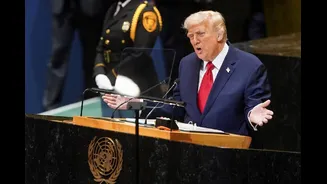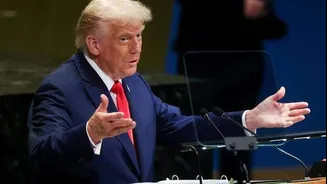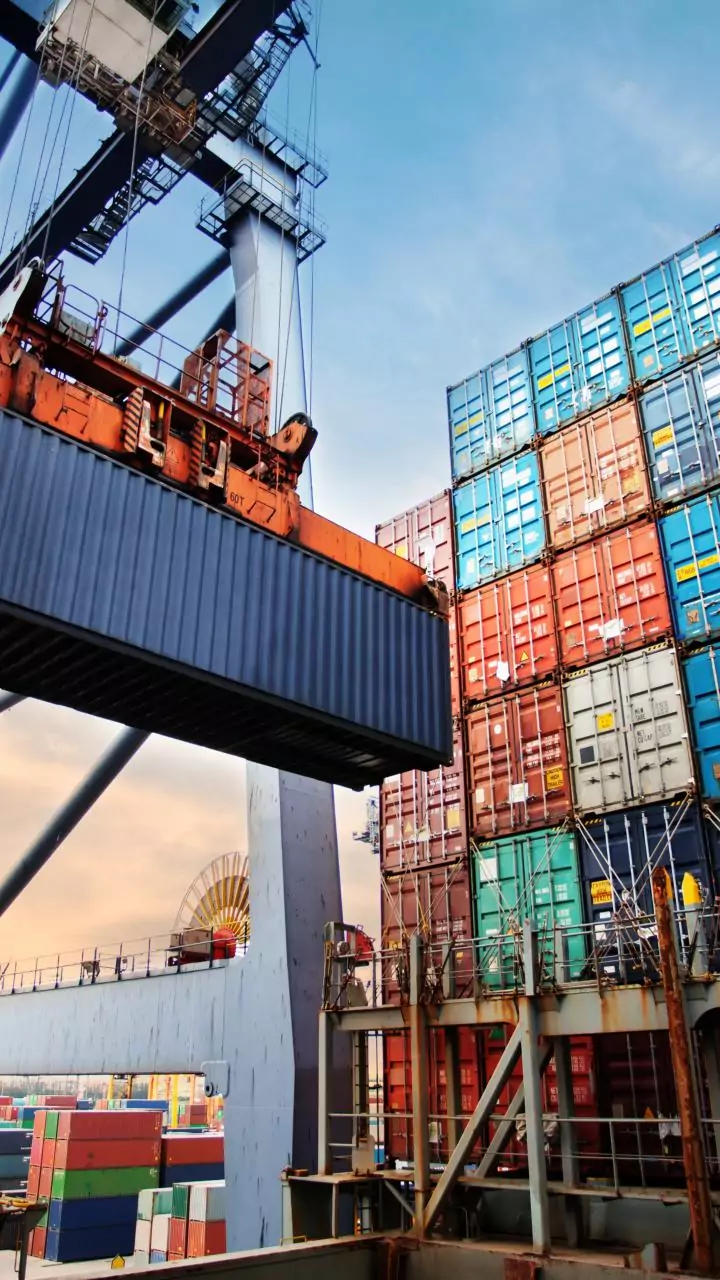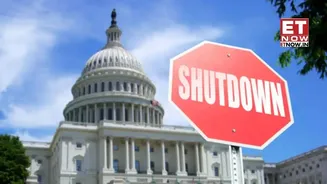Rebalancing Trade
The main objective of imposing tariffs, according to statements made by Scott Bessent, is to restore equilibrium in trade relations. It was proposed that
this strategy would ultimately yield significant economic benefits, potentially generating trillions of dollars over a period of several years. This perspective suggests that tariffs are not simply a punitive measure, but a strategic tool designed to reshape global trade dynamics. The aim is to create a more balanced and, presumably, beneficial trade environment for the United States, fostering economic growth and opportunity in the long term. This approach views tariffs as a means to negotiate more favorable trade agreements and protect domestic industries.
Trump's Defense of Tariffs
Former President Trump previously supported the use of tariffs, highlighting their alleged contributions to the US's economic standing. He claimed that the tariffs had made the United States both the wealthiest and the most respected nation worldwide. This stance underscores the belief that tariffs are a means to boost domestic industries and assert economic leadership. By framing tariffs as a tool for economic dominance, supporters sought to rally support around protectionist trade policies. This rhetoric suggests that the economic benefits of tariffs extend beyond mere financial gains, encompassing national pride and international influence.
Dividend Distribution Plans
The concept of "tariff dividends" was introduced as a means of sharing the potential financial gains resulting from tariffs. According to the proposals, these dividends were intended to be distributed to American citizens. The exact mechanisms for distribution were a subject of discussion, with options like tax cuts and other fiscal initiatives being considered. The intention behind such a plan was to ensure that the economic benefits of tariffs were directly experienced by the general public. This approach aims to garner public support for tariffs by demonstrating a clear and tangible return on investment for the average American household.
Tax Cuts and Measures
The US Treasury Secretary revealed that the $2,000 "tariff dividends" could be implemented through a variety of fiscal policies, including tax reductions. This announcement indicated the flexibility in how the government planned to distribute the projected financial benefits. These tax cuts were meant to provide immediate financial relief to citizens, thereby showcasing the positive effects of tariff policies. Besides tax cuts, other fiscal measures were considered, demonstrating a comprehensive approach to sharing the dividends. This all-encompassing strategy highlighted a commitment to utilizing various mechanisms to ensure that the gains from tariffs were widely shared and felt across the nation.
Criticism and Skepticism
Despite the optimistic projections, tariffs have faced criticism from various quarters. Critics often point out potential negative impacts, like higher consumer prices due to increased costs for imported goods. Some fear that tariffs might provoke retaliatory measures from other countries, potentially harming US exports. These concerns also include the risks of disrupting global supply chains, impacting industries that rely on imported materials, and creating uncertainties in the international trade environment. The primary opposition often focuses on the potential for economic damage and increased costs to consumers and businesses. This perspective emphasizes caution and underscores the need for a thorough evaluation of the long-term consequences of tariff implementations.



















